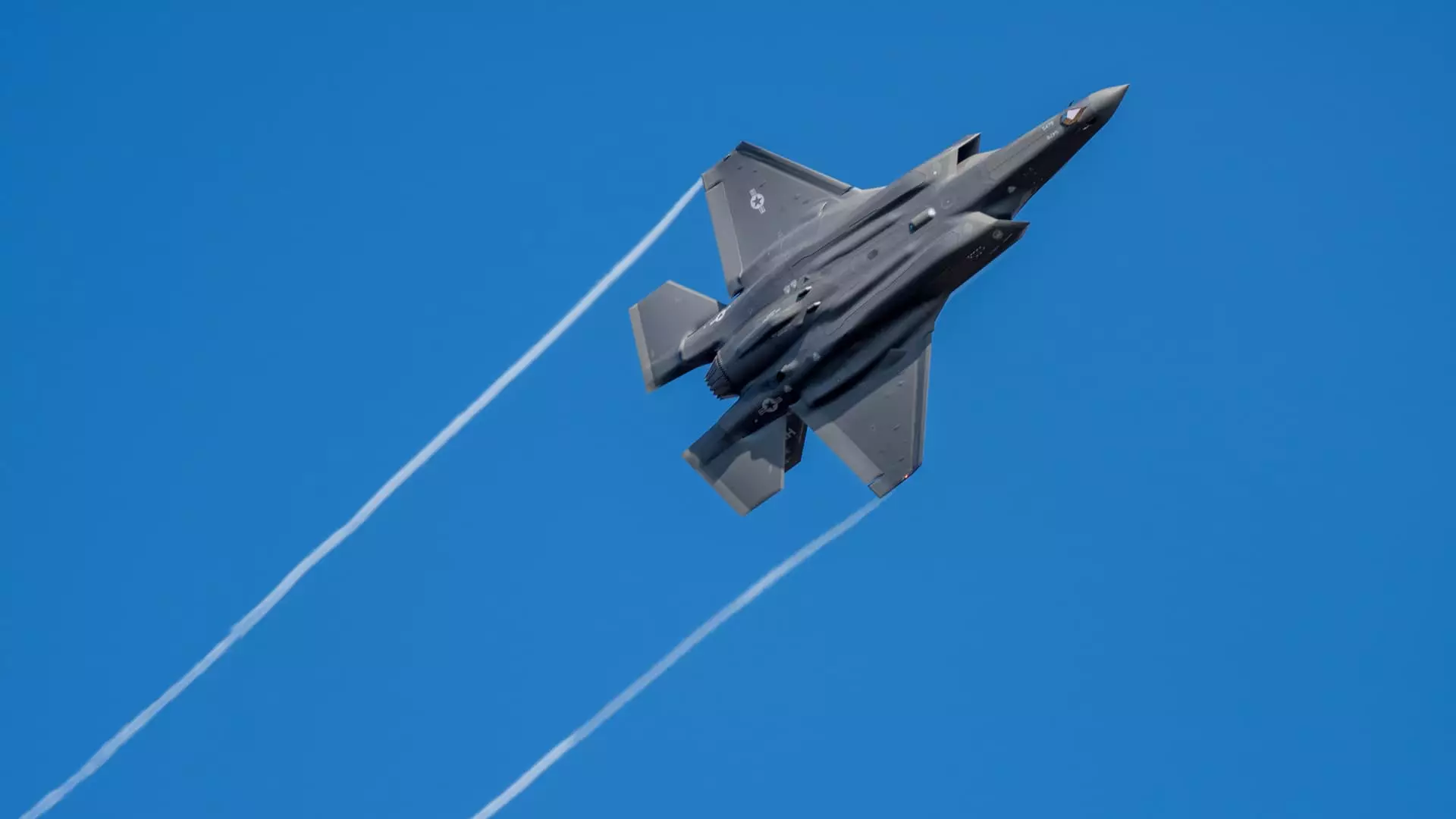In a stunning turn of events, a 911 call was made to the Charleston County authorities in South Carolina, reporting an incident involving an F-35B Lightning II fighter jet. The caller stated that a pilot had been ejected from the aircraft and had landed in their backyard. The dispatcher, initially taken aback by the report, quickly requested an ambulance for the injured pilot. The pilot himself then took over the call, explaining that he had ejected from the jet due to an aircraft failure, experiencing some back pain in the process. The search for the crash site began, and little did they know the extent of the damage that awaited them.
Joint Base Charleston and Marine Corps Air Station Beaufort reached out to the public for help in locating the missing F-35B stealth aircraft. The joint base utilized social media platforms to spread the message and urged anyone with information to contact their defense operations center. Two hours northeast of Joint Base Charleston, searchers discovered a debris field in Williamsburg County. Witnesses reported that the plane was flying inverted before the crash, adding to the mystery surrounding the incident. Thankfully, no injuries were reported on the ground, but the crash investigation was just beginning.
The F-35B Lightning II fighter jet belonged to a training squadron of the 2nd Marine Aircraft Wing. As part of a routine training flight, the aircraft took off from Joint Base Charleston. Unfortunately, it encountered an aircraft failure, forcing the pilot to eject. The training squadron, focused on honing the skills of its pilots, now faced the aftermath of a distressing accident. Captain Joe Leitner, spokesperson for the 2nd Marine Aircraft Wing, informed reporters that the pilot was taken to a hospital but was discharged the following day.
Lockheed Martin, the aerospace giant, proudly describes the F-35 series as the “most advanced fighter jet in the world.” Renowned for its lethality, stealth capabilities, and survivability, the F-35 program is the pinnacle of military aviation. The Marine Corps declared the first squadron operational in 2015, and the series continues to evolve with new variants and advancements. However, such cutting-edge technology comes at a hefty price for the taxpayers, with the Defense Department’s estimated total cost for the F-35 program reaching a staggering $1.7 trillion over its lifespan.
The shocking crash of an F-35B Lightning II fighter jet and the ejection of its pilot into a residential backyard has left the community in Charleston County stunned. As investigators delve into the causes of the aircraft failure, the incident serves as a reminder of the risks that come with operating advanced military aircraft. The pilot’s quick decision to eject undoubtedly saved his life, but it also sheds light on the dangers faced by those who serve in our armed forces. As the F-35 program continues to push the boundaries of aviation technology, it is crucial to prioritize the safety of pilots and ground personnel, ensuring that training exercises remain as safe as possible.


Leave a Reply